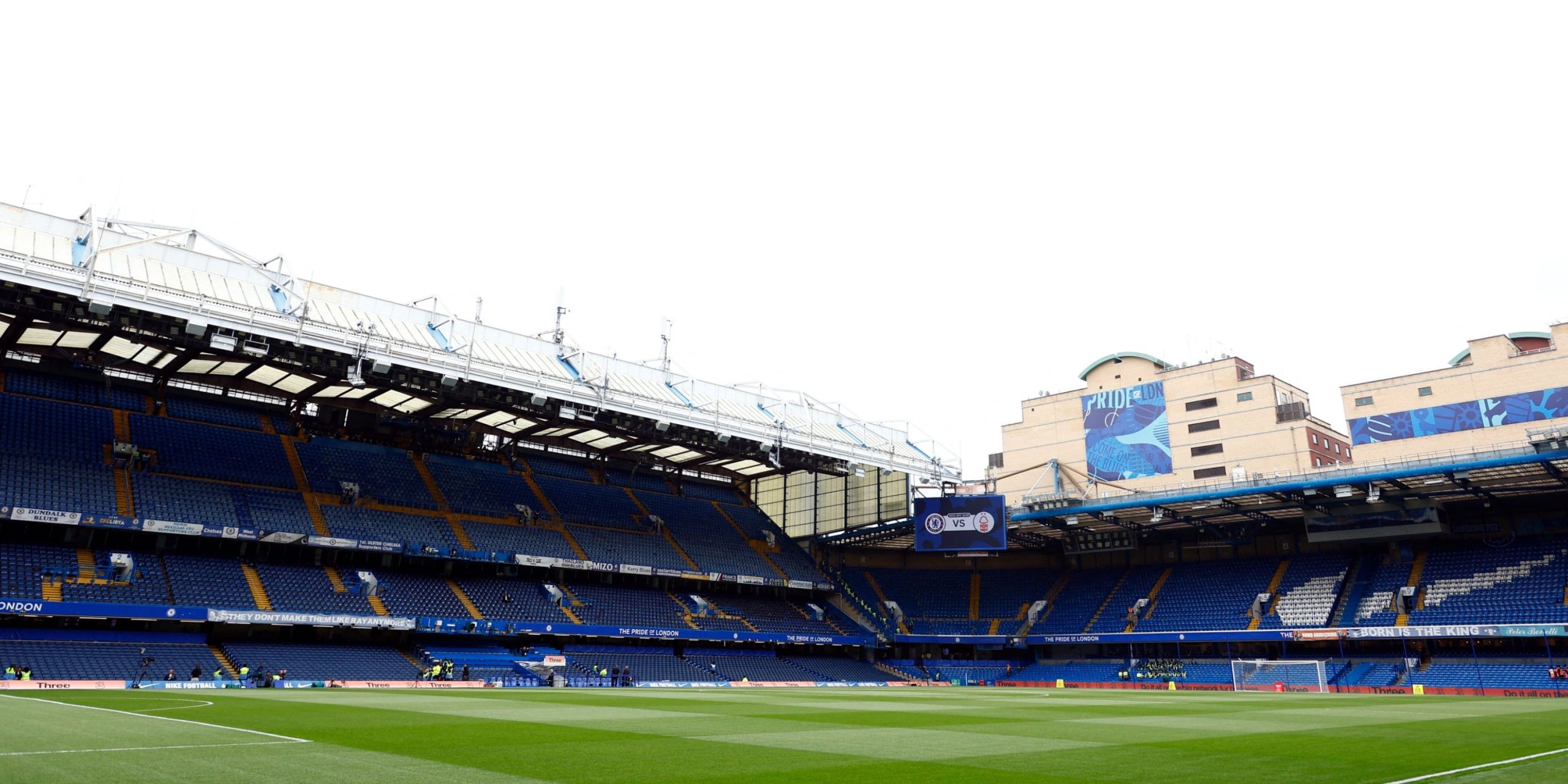While most of the Premier League seem to be moving to or aspiring to build the next generic modern stadium, Chelsea have (for now) stood firm and held onto one of the essential pillars that makes them who they are: Stamford Bridge.
It is a ground that has seen the lowest of lows, the highest of highs and everything in between, and with new owners and a new boss at the helm this term, it sits ready to welcome in yet another era of exciting football.
With that in mind, Football FanCast has outlined everything you need to know about Chelsea's storied ground, from its history to how best to get there, all so you'll know everything there is to know ahead of your next trip.
Stamford Bridge history
It might not be the oldest football ground in the country, but Chelsea's Stamford Bridge certainly makes it onto that list, especially as it existed for 27 years before the Blues took up residency.
The ground opened for sporting events on April 27th, 1877, but for the first 27 years of its existence, the Bridge was used primarily as a venue for track and field events, with the London Athletic Club using the ground more than any other party.
The grounds were then sold to Henry Augustus Mears and JT Mears in 1904, who wanted to turn the area into a venue for football. With the sale completed, the brothers needed someone to design their new stadium, so they turned to renowned Scottish architect Archibald Leitch.
Leitch had designed several grounds up and down the country by then and would be the lead architect on Manchester United's Old Trafford just six years later. Upon completion, the ground was offered to Fulham FC, but the Cottagers declined, leading to the creation of Chelsea Football Club in March 1905.
It didn't take long for the Blues to start drawing a massive crowd, and the new-found popularity even led to the FA staging three FA Cup finals at the ground between 1920 and 1922.
Interestingly, Chelsea almost lost Stamford Bridge in the 1980s when a property developer bought the grounds while the club were in financial ruin. The fans battled for ten years to keep their stadium, and when the property market crashed in 1992, they were finally able to bring the stadium back into the club's hands.
Stamford Bridge has a storied history on and off the pitch, and it's easy to understand why fans would never want to leave.
Stamford Bridge capacity
Stamford Bridge sits right in the middle in terms of the capacity for Premier League stadiums, with its 40,173 capacity making it the ninth-biggest ground in the league.
While it doesn't quite crack the top five in the entire league, it comes in as the fourth-biggest in the capital, behind Arsenal's Emirates Stadium, West Ham's London Stadium and Spurs' Tottenham Hotspur Stadium.
Every Premier League stadium ranked by capacity
Football FanCast runs down all 20 stadiums in the Premier League by capacity.
ByJack Salveson HolmesNov 5, 2023
Tottenham Hotspur Stadium
62,850
2019
London Stadium
62,500
2016
Emirates Stadium
60,704
2006
Stamford Bridge
40,173
1905
Selhurst Park
25,486
1924
How to get to Stamford Bridge By train
Getting the train is probably the best way to get to Stamford Bridge on a matchday; you won't have to worry about parking or traffic. Three stations are within walking distance of the ground – one Underground and two Overground:
Fulham Broadway (London Underground): Getting off here will leave you with a walk of approximately three minutes to get to the stadium. West Brompton (London Overground): West Brompton is around a 21-minute walk to the stadium. Imperial Wharf (London Overground): Around 18 minutes away from the stadium by foot.
Several bus routes will get you close to the stadium should you wish to avoid the train altogether. The 14, 211 and 414 bus routes all stop on Fulham Road.
Additionally, the club offers bike storage for supporters who wish to cycle to the game.
By car
Driving to Stamford Bridge on matchdays is not recommended, with even the club themselves advising against it. The stadium is in a residential area, so parking is limited at the best times, and affordable parking is nearly impossible to find ahead of a game.
If you absolutely have to drive to the game, you can try to book a space with the club ahead of time, but these spaces are incredibly popular, and therefore, it is incredibly difficult to get one.
You can try to use the Chelsea and Westminster Hospital car park, but this will cost £15, and it becomes jam-packed on matchdays, so even this might be unavailable.
Stamford Bridge away end
An away day at Stamford Bridge can be a great experience once you get into the ground.
The away section is located in the Shed End lower tier, and clubs are usually given an allocation of 3,000 tickets.
The number of fans combined with the compact section can help create a great atmosphere, and the lower elevation can lead to some brilliant scenes should your team score at that end.
There is a genuine charm about Stamford Bridge, and it is definitely worth an away day.








